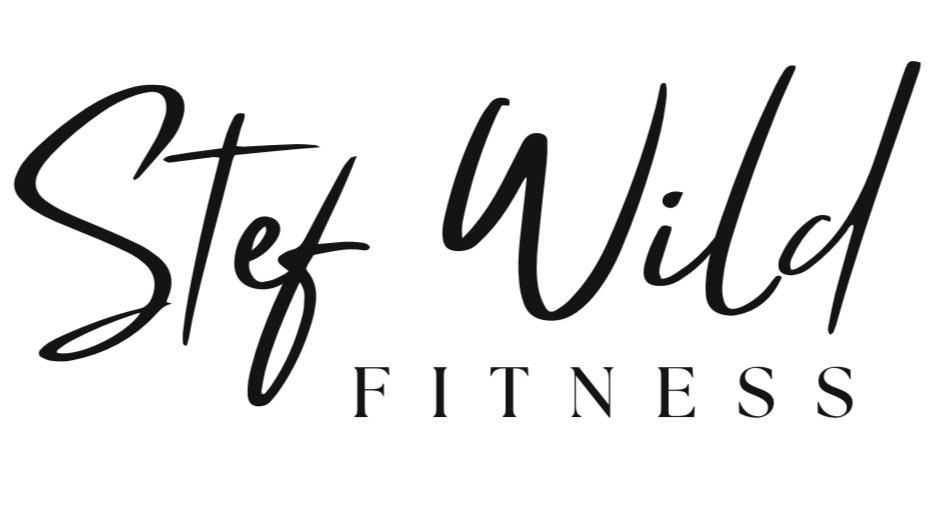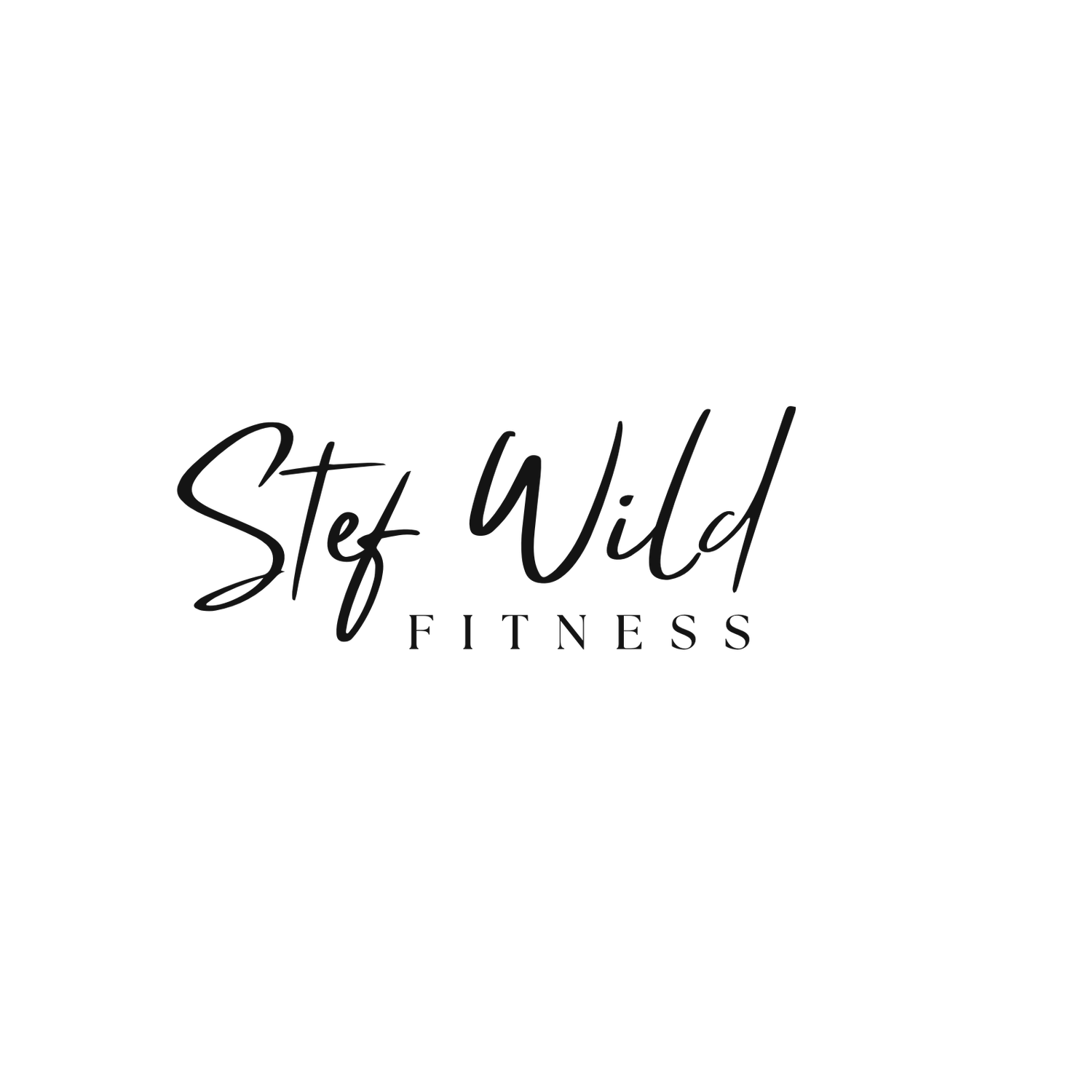5 Types Of Stretching You May Never Have Heard Of
If only I had a dollar for every time someone has told me that they feel “trapped” in their own body.
Modern, sedentary life is the main culprit of inflexibility which in turn can lead to muscle soreness and injury. Basically speaking, if you don’t use it, you loose it! Muscles become weaker and tighter due to lack of use, and like-wise, muscular systems can become short and tight due to overuse without balance in other muscle groups too.
Overcoming this feeling of tightness is not something that can be completely done in just one stretching session, although one good session involving the correct techniques may give a lot of temporary relief.
Working to become more flexible and supple can bring enormous physical benefits. You’ll be on your way to a greater range of motion, improved balance, and more able to build strength and stability as you’ll be able to move deeper into functional movements. By training in this way, it is likely that you will experience fewer injuries, less pain, improved physical performance, and greater strength.
Stretching and opening up the body can also benefit your mind as you may find it easier to mentally relax once your body starts to feel freer.
But did you know though that there are multiple ways to stretch? Besides simply reaching for your toes (and giving up in defeat), why not take a more scientific approach and incorporate a wide variety of stretching techniques into your repertoire?
There are 5 types of stretching that I like to teach, and I have found effective. How many of these are you familiar with?
1: Active stretching:
An active stretch is one where you assume a position and then hold it there with no assistance other than using the strength of your own muscles. Active stretching is difficult, and generally, you’ll only be able to hold this stretch for 15 seconds or so. For example, laying on your back and holding one leg in the air as high as you can without using your hands or props to hold it in place.
2: Dynamic Stretching:
Dynamic stretching is when you move your body fluidly and gradually increase your reach of the movement, speed of the movement, or both. Just because it is fluid movement, doesn’t mean that it's ‘out of control’ though. Another form of stretching called ‘ballistic’ stretching is when you bounce or jerk your body beyond its comfortable range immediately. Ballistic stretching is generally not seen as useful, but Dynamic stretching is. Dynamic stretching is much more controlled compared to ballistic stretching and is generally performed in rounds of 8-12 reps. Some examples of dynamic stretches would be leg swings, arm swings, or torso twists. This kind of stretching is perfect in warm-up routines.
3: Passive Stretching:
Passive stretching utilizes assistance via another body part, a partner, or a prop. The body needs to be in a relaxed state, and it’s not necessary for the stretch to be held at the muscle’s full range. For example, bringing your leg up high and holding it there with your hand. Relaxed stretching is great as part of your cool-down routines and helps to keep soreness and muscle fatigue at bay.
4: PNF Stretching (aka: Contract and Relax Technique)
PNF stretching is currently the fastest and most effective way known to increase flexibility. PNF stands for proprioceptive neuromuscular facilitation.
It is a technique of combining passive stretching with another technique called isometric stretching.
The theory behind this technique is to contract a particular muscle group, which in turn, allows another muscle group to relax.
PNF stretching usually involves the use of a partner to provide resistance against the targeted muscle group. PNF stretching can though be performed without the use of a partner too.
Here’s a personal favorite PNF stretch of mine:
The hamstring stretch: Laying on your back, and using either a partner or a prop, extend one leg into the air. Push your leg as hard as you can back towards the floor, while the partner or prop resists back, pushing your leg with appropriate force back to its extended in-air position. It’s kind of like your leg and your partner or prop are engaged in a bit of a tug of war. Hold this contraction for around 10 seconds, followed by a passive stretch of the muscle group for around 10 seconds, then completely rest it for about 20 seconds, before repeating. When you start to feel your muscles fatigue a little, you should stop for the day.
5: Myofascial Release Techniques
Not defined as “stretching” exactly, but an excellent way to facilitate a greater range of movement in the body, myofascial release techniques help release the fascia (a web-like substance that surrounds and encases throughout your muscle fibers) to release and relax. Using foam rollers, massage balls, and massage itself, is an excellent way to include myofascial release techniques into your training.
So there you have it! 5 different techniques to have you better equipped to improve your flexibility, mobility, and quality of life!


